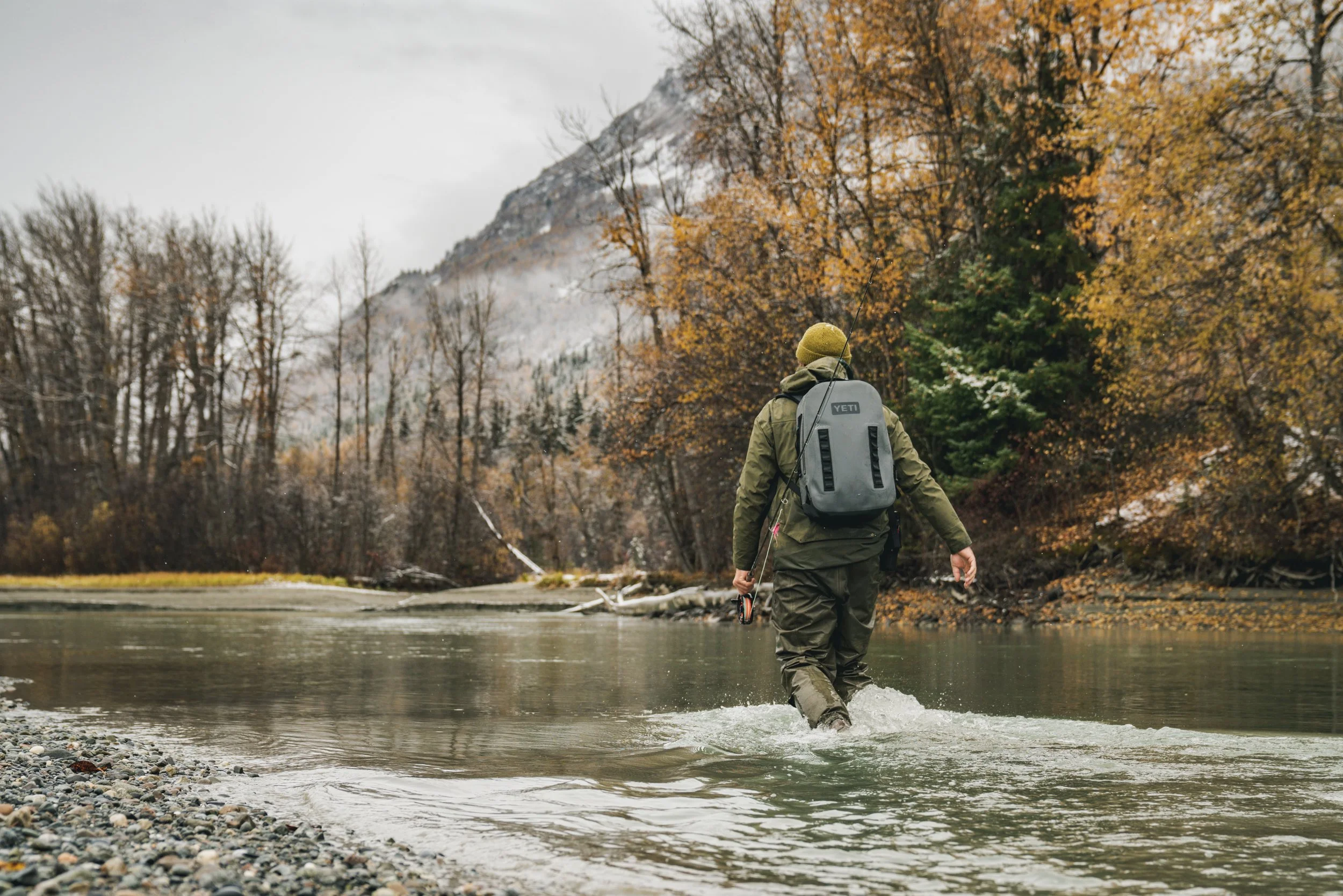Community Members Speak Up: Protecting What Makes the Chilkat Valley Home
Stunning landscape of Haines, Alaska, where glaciers, rivers, and old-growth forests meet under a wide, open sky. Photo by Colin Arisman
The Chilkat Valley is more than just a breathtaking landscape in Southeast Alaska — it’s home. For generations, people here have lived in balance with the land, the rivers, and the wildlife. Today, as a proposed large-scale hardrock mine threatens this delicate balance, local voices are rising in defense of our future.
In letters to the editor, residents from all walks of life — including tribal members, fishermen, business owners, and parents — are speaking up to share what’s at stake.
Commercial fishing vessel on the waters near Haines, Alaska, where salmon harvests support local families. Photo by Colin Arisman
Voices from the Valley:
“In 2022 Chilkat Indian Village-Klukwan passed a Tribal Ordinance stating that we will do everything in our power to uphold this responsibility, preserving our way of life for future generations, and protecting Jilḵáat Aani Ḵa Héeni. And so, the Chilkat Indian Village is seeking, by all legal and equitable means possible, a moratorium on all large-scale mining activities in the Jilḵáat Aani Ḵa Héeni, to ensure it remains a pristine watershed as it has been since time Immemorial.” -Jones P. Hotch Jr., Vice President, Chilkat Indian Village (Klukwan). Read the full letter here.
“A large-scale hardrock mine upstream from us will not draw in more families like ours, who want to make the Chilkat Valley home for the long run. In fact, it will drive them out. Please recognize the Chilkat Valley for the prolific place that it is and speak up to keep it that way for generations to come.” -Lauren McPhun, Kayla Stevens, Jackie St Clair, Caroline Hankins, Alisa Beske, Alixanne Goodman, Rose Fudge. Read the full letter here.
“We are speaking up for the wild salmon in the Chilkat Valley. Having a chest freezer full and jars of wild salmon to eat is how we live… The hard rock mine proposed at the head of the Chilkat is just not worth the risk to our sustenance, culture, and previous way of life.” Norm and Suzanne Smith. Read the full letter here.
“Where else can you photograph congregations of thousands of bald eagles feasting on salmon in November from the side of the road? For many of my guests, their encounter of the Chilkat Valley is a profound experience of a lifetime… Demand for experiencing places like the Chilkat Valley is likely to continue to grow. The question is: will we be able to keep this place somewhere people want to visit?” -Tom Ganner. Read the full letter here.
These are not isolated voices. They reflect the growing, collective concern from across the communities of Haines and Klukwan, Alaska. Whether it's concerns over acid-generating mine waste, risks to salmon habitat, or impacts on traditional ways of life, the consensus of our community is clear: the Chilkat Valley deserves protection, not exploitation.
A local flyfisherman on the Chilkat River in Southeast Alaska, surrounded by forested mountains. Photo by Colin Arisman
A Vital Ecosystem, a Valued Home
Nestled in the upper Lynn Canal of Southeast Alaska, the Chilkat Valley is more than a stunning landscape — it's a place that sustains life, culture, and community. Its braided glacial rivers, vast old-growth rainforests, and towering mountain ranges make it one of the most biologically rich and visually striking regions in the state. But for those of us who live here, it’s not just beautiful — it’s home.
The Chilkat River, which flows through the heart of the valley, supports a thriving ecosystem. It provides essential habitat for five species of wild Pacific salmon, steelhead and Dolly Varden trout. It’s also home to one of Southeast Alaska’s largest sockeye salmon runs and the second-largest coho run. Additionally, the Chilkat River hosts the Chilkat Bald Eagle Preserve, which supports the world’s largest congregation of bald eagles, drawing awe-struck birders, photographers, and nature lovers from around the world.
The mountains, glaciers, and rivers, of the valley fuel our local economy, culture, and way of life. Each year, thousands of visitors come to experience what makes Haines Alaska’s adventure capital, from rafting and fishing to wildlife viewing. In 2022 alone, the visitor industry brought in over $241 million across Southeast Alaska, and in 2023, leisure and hospitality became the second-largest employment sector in the Haines Borough.
But the value of the Chilkat Valley runs deeper than tourism. For many local families, the river means food security and economic opportunity. Roughly 109 residents of the Haines Borough hold active commercial fishing permits, contributing to the $7.7 million in earnings across Alaska’s fisheries in 2023. These fish feed not only families here in Haines and Klukwan, but also countless others across the state, country, and even around the world.
This isn’t just about protecting wildlife — it’s about protecting a way of life. The Chilkat Valley is a place where community members hunt, fish, gather, raise families, and pass on traditions. It’s where traditional cultural practices remain deeply tied to the land and rivers, and where people from all backgrounds come together to care for a place that gives so much in return.
How You Can Help
Read and share these letters on social media.
Write your own letter to local or regional media sources, like the Chilkat Valley News or the Alaska Beacon, or to decision-makers.
Take action. Sign on to this letter to help us to keep the Chilkat River clean and full of fish – forever.




